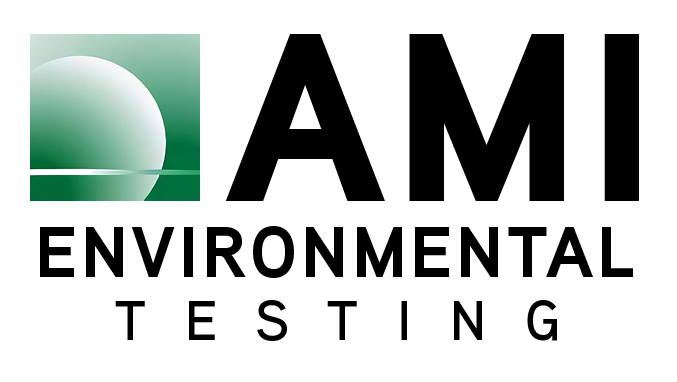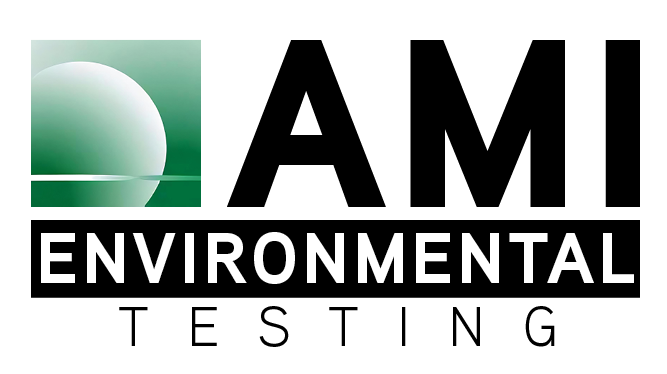Hazardous building materials—such as asbestos, lead, PCBs, and silica—can be hidden in insulation, flooring, paint, and other construction components. Left undisturbed, they may not pose an immediate risk, but once materials are damaged or altered, dangerous particles can become airborne. Knowing when to hire an environmental consultant for hazmat testing is crucial to protecting health and guaranteeing compliance.
Before Renovation or Demolition
Any construction activity that disturbs existing building materials could release hazardous dust and fibers. Testing before work begins ensures proper safety measures are in place and helps avoid costly project delays.
In Older Buildings
Structures built before the late 1980s are far more likely to contain asbestos and lead-based paint. Even if your facility looks modern, older layers beneath newer renovations may still contain hazardous materials.
After Damage from Storms or Disasters
Fires, floods, and severe storms can break apart building materials, increasing the risk of hazardous exposure. Testing after damage ensures cleanup is handled safely.
When Occupants Report Health Concerns
Persistent respiratory issues, headaches, or skin irritation among occupants—especially in an older facility—could signal airborne contaminants from hazardous materials.
During Real Estate Transactions
Buyers and sellers often require hazmat testing before closing to avoid future liability and ensure a safe environment.
Protect Your Facility and People
If you’re planning a project or suspect hazardous materials may be present, contact AMI Environmental for professional testing and guidance to keep your workplace safe and compliant.



